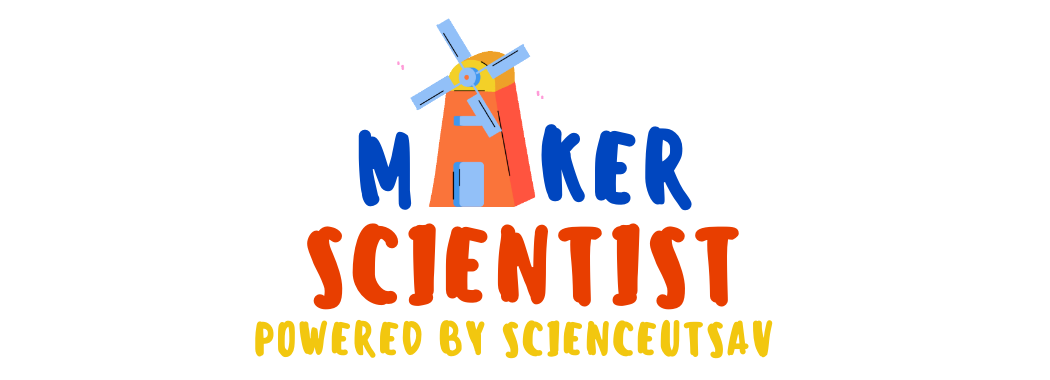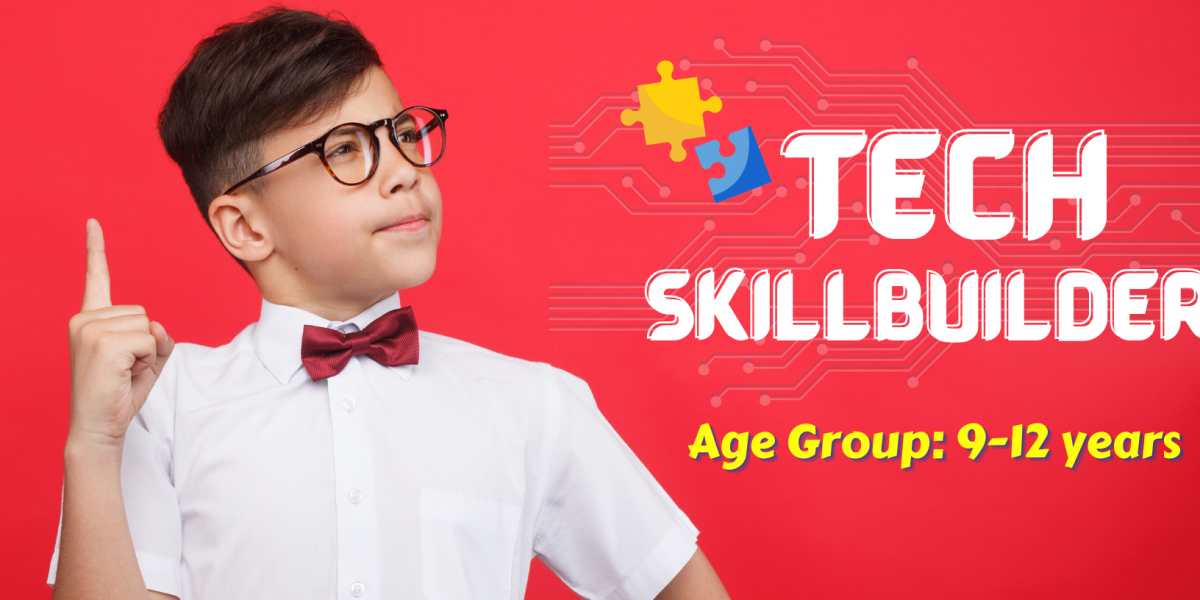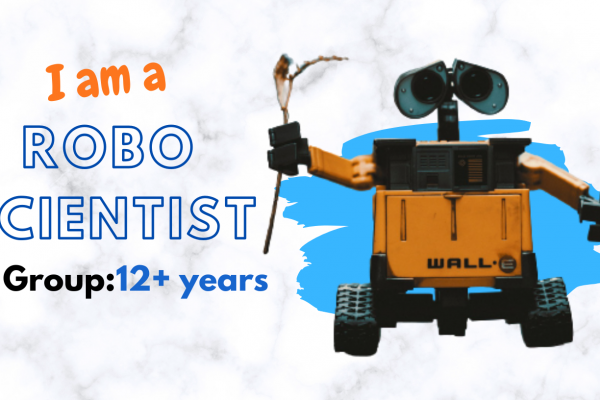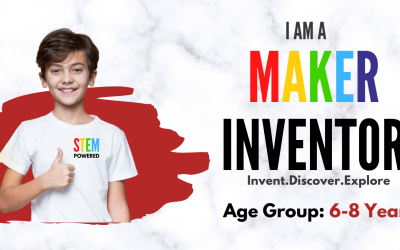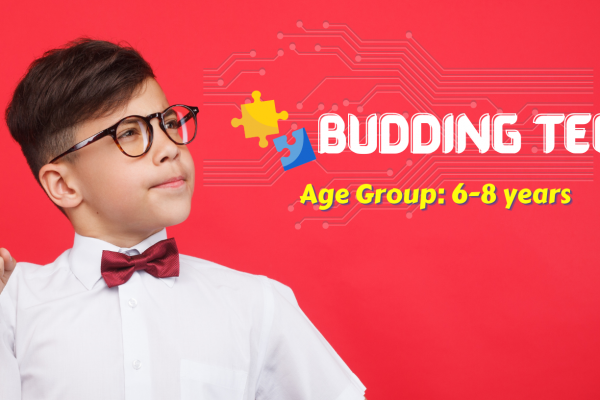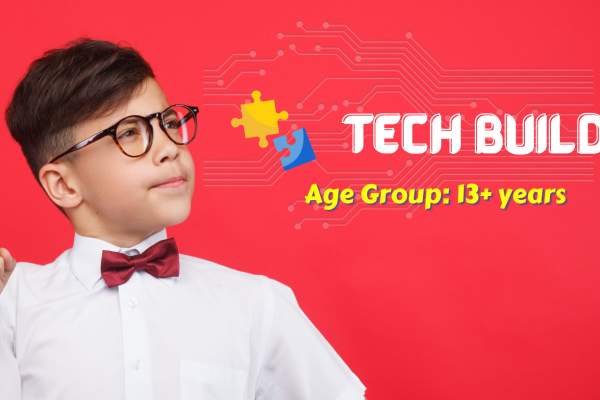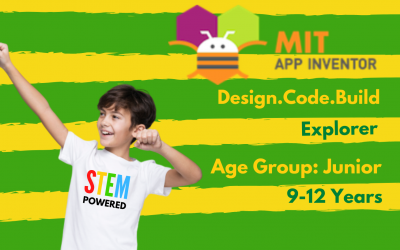TechSkill Builder Junior(Age : 9-12)
Young Entrepreneur – Making People Successful in a Changing World
This entrepreneurship program has been developed to help young participants to understand and prepare for entrepreneurship. We believe entrepreneurship preparation and business preparation are closely linked. Entrepreneurs need business skills to succeed and businesses need entrepreneurial skills to grow and succeed. We believe it is better to start cultivating the same at an early age!
Through story-based learning, students will learn how to survive as an entrepreneur. The skills like designing, website building, social media marketing, and creating good content are of prime importance for an entrepreneur to succeed!
Our entrepreneurship programs teach students the 21st-century skills they’ll need to succeed in the world’s changing economy. Our entrepreneurship programs allow kids to explore entrepreneurship, business concepts, and ideas and learn important skills through a collection of interactive lessons. The programs and activities have been developed by successful entrepreneurs coupled with the expertise of K-12 educational professionals.
This course is designed to mentor, support, and equip today’s children with the necessary success skills to set them on the path of becoming our future entrepreneurs. This course teaches kids what it takes to succeed in our global new age economy, equips them with the success skills they need, and sets them in the right direction for understanding entrepreneurship at a young age.
Let’s dive into the content and understand all about this business world.
Activities
1. Entrepreneurship skills- Knowledge of entrepreneurs their skills and some famous Startups.
2. Creating Resume- Importance of resume and using basic HTML, CSS tags kids will create a resume.
3. Identification of some famous Logos- Why logos are important? How are they used in branding?
4.Creating Animation Movies – Using HTML, CSS basic Tags for creating animation movies.
5. Posters Making – Usage of posters in business and using canvas.
6.How does the Internet Work?
7.Css Animations
8. Media Elements
App Inventor
MIT App Inventor is a free tool that can be used to create Android Apps. It works right inside your web browser and you can create Apps very quickly because it is a blocks-based programming tool that does not require knowing any programming language.
Your app appears on the phone step-by-step as you add pieces to it, so you can test your work as you build. When you’re done, you can package your app and produce a stand-alone application to install. If you don’t have an Android phone, you can build your apps using the Android emulator, software that runs on your computer and behaves just like the phone. The App Inventor development environment is supported for Mac OS X, GNU/Linux, and Windows operating systems, and several popular Android phone models. Applications created with App Inventor can be installed on any Android phone.
The interface is extremely simple and graphical and without knowing any programming- you can create an app in less than an hour! Sounds exciting? Go ahead and give it a try!
Activities
1) Computers – Learn how to talk to computers. What needed the computer to perform the task
2) Scratch and MIT App Inventor – Understand the difference between scratch, other coding software, and MIT App inventor
3) UI & UX and Block Coding – Learn to create amazing User Interfaces and make them code such that the app plays a song when the button is clicked and speaks when mobile is shaken
4) Desing making – Learn about the different visible and non-visible components in the app such as accelerometer sensor, text to speech(media), sound(media)
5) Talking tom App – Learn to create Amazing UI, UX games and complicate the app by changing the image to video, add sounds, and expressions of the cat
Robotics
Automation is a big buzz in the 21st century. Everything is becoming automated. This also contributes positively to the development of the world in a lot of ways. Automation of manufacturing in industries gives us the consistent quality of products. Automation is applied in Agriculture. Nowadays we can even automate our homes, workplaces, and public places.
All of this is made possible by the application of embedded systems and robotics. Specialists estimate that in the coming generations everything is going to be based on the Internet Of Things. So this clearly means there is a growing demand for Robotics and IoT.
You will learn the basics of electronics and coding to start building your own automation systems to solve real-life problems.
Activities
- Tinkercad – Learn the basics of Electronics by building simple circuits in the Tinkercad platform
- Glow an LED – Make an LED glow and learn the science behind it.
- Microcontrollers – Microcontrollers give brains to non-living things. Explore microcontrollers with the Arduino platform.
- Obstacle detector – Use an ultrasonic sensor and design an obstacle detector.
Scratch
You are introduced to the world of programming through the simple drag and drop MIT Scratch coding interface! You learn to code using MIT Scratch, a visual programming tool from MIT that makes it incredibly easy and fun for young students to learn to code. Time to use your creativity to build projects, animate characters and create games and bring the characters to life!
Why should kids learn to code? Is coding is only for Math Lovers? Too much screen time?
• Writing code is a healthy exercise for the mind and it is easier and interactive for them to learn to code
• Kids have an adaptive and learning attitude, they’re capable of making and playing games made by themselves.
In this course, you build logical foundations of programming, which will be useful in the long run regardless of which coding language you pursue in the future. This course teaches logic, sequencing, structure, algorithmic thinking, and creative expression using our time-tested format of 5E’s methodology!
Activities
- Programming fundamentals- You will learn how to develop an algorithm, then progress to reading code and understanding how programming concepts relate to algorithms.
- Commands, Sequence & Loops- You will learn in what sequence a computer reads the program script and how we can eliminate our task or rewriting the same code over and over.
- Conditional statements and Timers- You will learn how the computer can take decisions on its own.
- Animations & Costume Design- You will be able to create animations and costumes design.
-
Capstone project
creation of creative and responsive website
-
Young Entrepreneur part -1 : Introduction to entrepreneurship
-
Young Entrepreneur part-2 : How should Entrepreneur attract their clients?
-
App Inventor: 1st Android App
Build your First Android App - Talking Tom App
-
App Inventor: Block Coding
Learn Block coding, make an app to help Blind
-
Further Reads - Robotics
-
Further Reads - Scratch MIT
